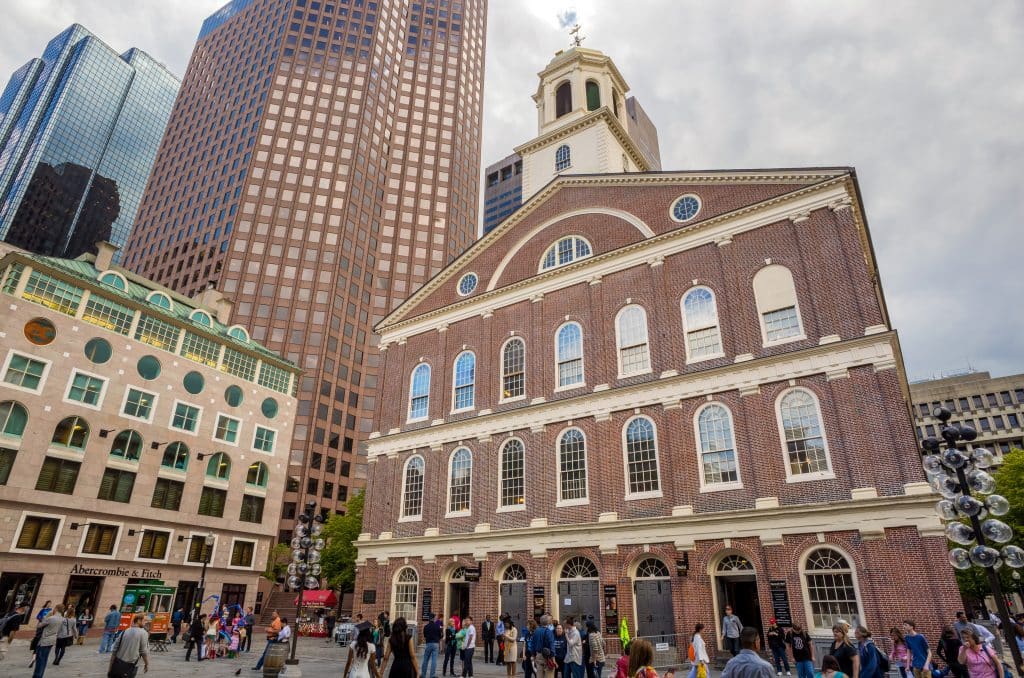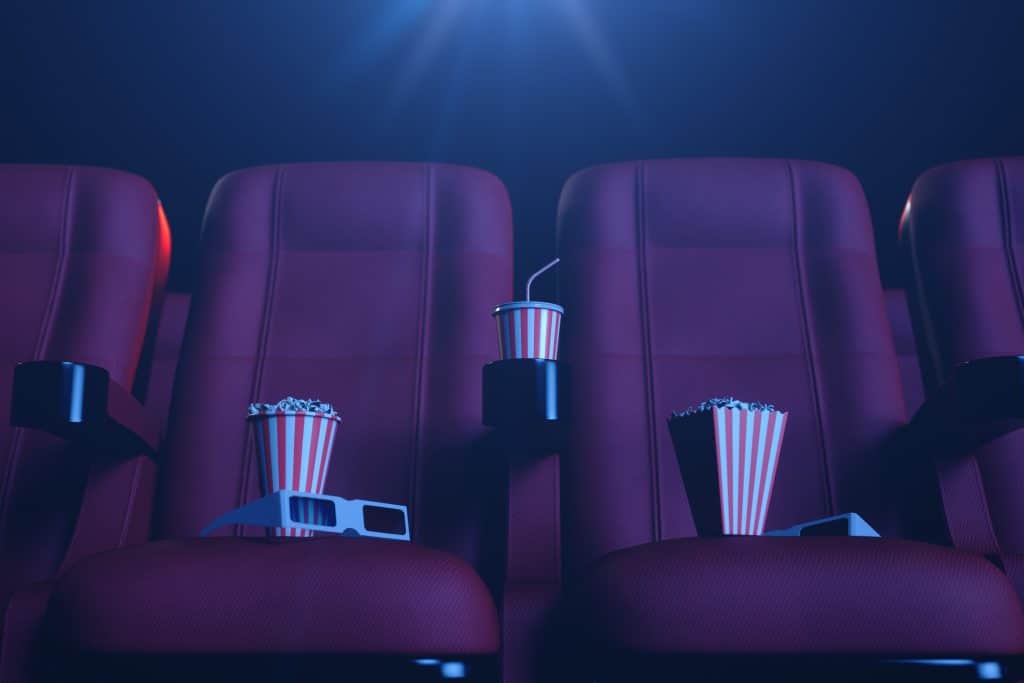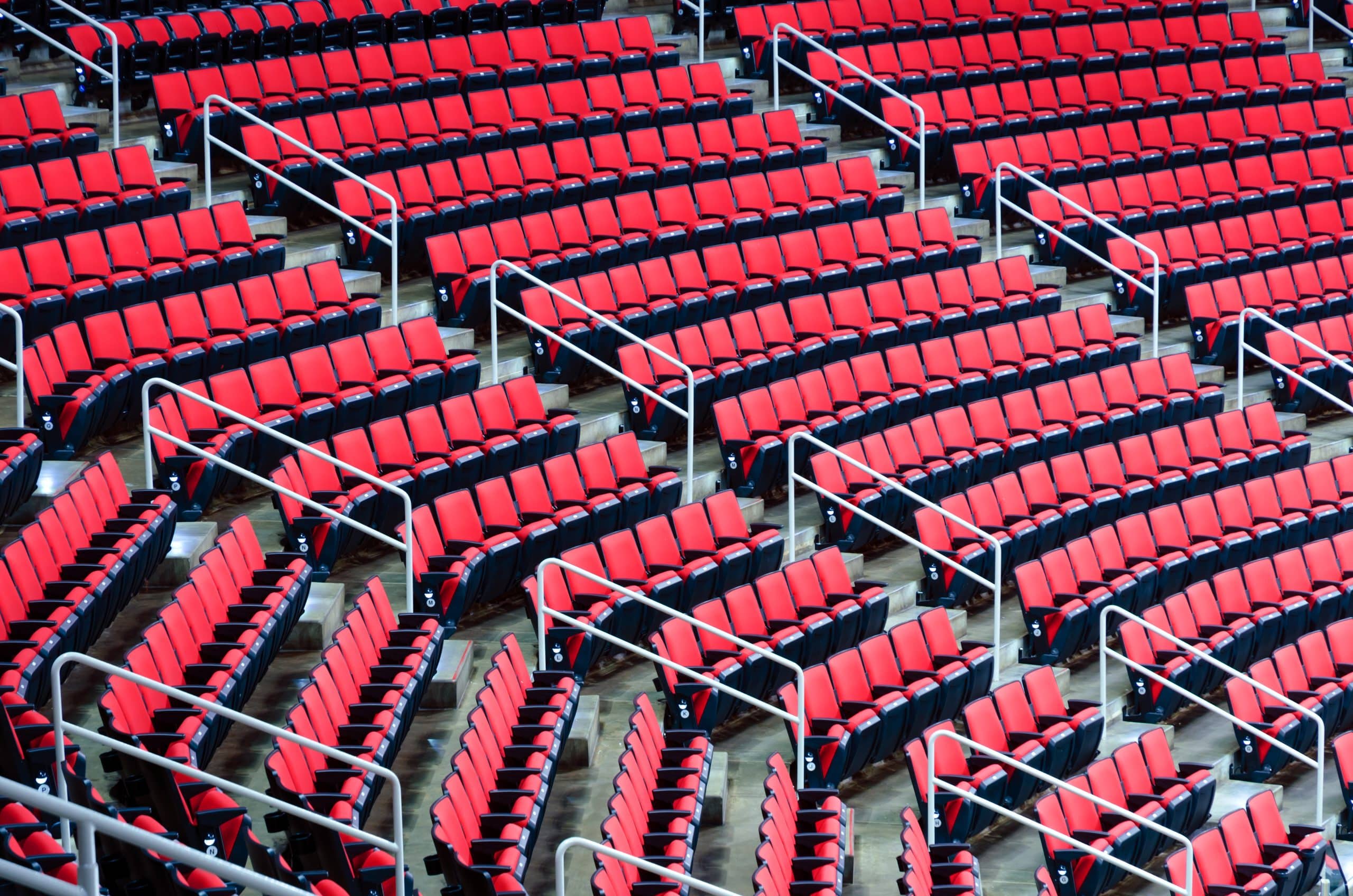Urban entertainment centers (UECs) have emerged as vibrant hubs of leisure and socialization for many groups of customers. These centers have a rich history of transforming urban landscapes, including breathing new life into once-neglected areas.
From the evolution of traditional amusement parks to new technologies and innovative design, urban entertainment centers have adapted to changing trends and customer demands.
History Of Urban Entertainment Centers

In the 1970s, the suburban population exceeded that of cities, which resulted in metropolitan areas being dominated by the suburbs. To combat this, city officials and academics began a fight to save downtowns, in part by breaking up the area into different activity centers based on function. These activity centers hoped to lure people back downtown through a variety of attractions and events.
Pedestrian malls such as Pearl Street in Boulder, CO and State Street in Madison, WI survived the suburban takeover with the realization that these pedestrian malls were not the sole attraction that lured visitors downtown, but were rather the thread that tied the multiple anchors together.
Pedestrian mall designers wanted these spaces to be more than a mall and focused on incorporating varied events and sights into the retail stores to create a larger purpose than just selling to visitors.
Historical forces that paved the way for urban entertainment centers include:
- Increased emphasis on leisure time versus working time
- Societal developments including an emphasis on the values of hedonism, social orientation, and individualism
- Technological developments such as the adoption of audiovisual media and the Internet
- Strongly diversified leisure time, including the importance of leisure time for households
- Privatization of culture and leisure
Two Trends in the 1980s
There were two dominant trends in the 1980s: different patterns of retail and entertainment, and the revitalized role of downtown areas. As cities refocused their attention downtown and developed these areas as a cultural district and convention center, entertainment became increasingly important in luring local residents and in entertaining tourists.
James Rouse created festival marketplaces combining these two trends. Some notable ones are:
- Faneuil Hall in Boston
- Harborplace in Baltimore
- Waterside in Norfolk
The experience through entertainment became the festival marketplace’s anchor store.Festival marketplaces differed from traditional malls in the following ways:
- The unusual mix of local specialty stores
- The lack of an anchor department store
- The strong emphasis on food and entertainment
- The importance of historical and/or architectural themes
- The specialized target influence of affluent, well-educated young adults
Rise of Entertainment
It wasn’t until the movie theater industry shifted to multiplexes that the full potential of entertainment was realized. Multiplexes provided a steady stream of returning visitors to the mall, and became a powerful anchor that increased patronage and attracted new restaurants to the area.
The movie industry created multiplexes in part to combat the growing at-home entertainment options. Entertainment was also utilized in the restaurant industry as casual dining establishments provided a sit-down atmosphere, table service, good prices, and televisions in addition to larger attractions and arcades in a growing trend called Eatertainment..
Entertainment venues seemed to have the flexibility to be located nearly anywhere, and generated trips and revenue. Downtown areas became viewed as a cultural entertainment destination and offered a central location with parking, financial incentives, social connections, and people.
Function and Composition
UECs usually have no windows or other external references, so that visitors are taken away from everyday life and their willingness to consume increases. Lower natural light environments are also better for arcades, laser tag, and other common UEC attractions.
There are no fixed rules for the relationship between the areas of entertainment and dining. It’s generally assumed the uses for entertainment purposes take up at least a third to half of the total area. The usable area of a UEC is usually at least 20,000 to 30,000 square meters.
There are also hardly any fixed rules regarding the location, but the following are typically taken into consideration.
Parking
The central business districts of newer cities and the downtowns of older ones were marked by their underused or vacant lots which lay idle after 5 pm or on weekends. Entertainment centers capitalized on the availability of this parking to better position their development in the market.
Location
Downtowns are good locations due to their centrality within the city’s metropolitan area. By setting up shop downtown, developments became inclusive of the entire region rather than relating to one particular suburb or class of people.
Connections
Downtowns have effective and efficient transportation connections to surrounding areas. There are generally options to travel into the city center including bus, subway, commuter trains, or even bicycle paths and trails. These connections reduced the parking burden on the developer and increased the total accessibility of the center.
People
Downtowns offered the starting point of having business people there for at least eight hours a day. The idea was to correctly connect any new development in a way that made it accessible for the pedestrian.
Incentives
Downtown locations offered a variety of incentives to developers from all levels of government. Maintaining a stable and vibrant downtown has become a priority of many localities and it is seen as an indicator of an area’s economic health.
The Urban Entertainment Center (UEC)

Urban entertainment centers can be defined as adult-oriented entertainment destinations located downtown. These centers combine shopping and entertainment to form an overall engaging experience for visitors.
It strikes a happy balance, too. Retail stores need entertainment to draw people in, and entertainment venues need the retail revenue to support the overall operation.Downtowns created entertainment districts specifically oriented toward tourists, families, and single adults. Disney sold this concept when it helped transform New York’s Times Square from a city center infested with crime to a family-oriented entertainment destination.
Disney also created two UEC districts called Downtown Disney in Anaheim, CA and Disney Springs in Orlando, FL to capitalize on this trend, which were filled with shopping, dining, and entertainment venues all in one location.
Types of UECs
When it comes to urban entertainment centers, there are a variety of options to choose from. These include:
- Cinema centers that contain 24 to 30 movie screens
- Entertainment-oriented retail: a collection of bundled retail stores that offer entertainment options separate from the main center
- High-tech center focused on technology and gadgetry
- Specialty film such as large screen films (IMAX or IMAX 3-D)
- Live entertainment: a collection of venues that focus on music, dance, and performers
The importance of UEC architecture
Unlike the sterile and boxy architecture of the traditional shopping mall, UECs are vibrant,larger than life, and described as a place where tenants can do what they always wanted to do but were never allowed. The theaters, shops, and buildings are often built on a larger scale which helps create a sense of density.
The centers typically contain lively and open spaces which allow people to congregate. Assisting this are a variety of activities and programmed events which occur in these spaces. Some successful UECs also tapped into visitors’ nostalgia and recreated the idealized small town main street. =
Fun as concept
Although the goal of the UEC for the city or developer is to create tax revenue and sell food or merchandise, the overriding goal for the visitor is to have fun. The idea is to create the right balance of retail and entertainment.
The four necessary ingredients to create a space centered around fun are:
- Uniqueness – offer something different than what could be found in local shopping malls
- Technology
- Maintaining freshness – switching out entertainment or developing new food and beverage menus can increase repeat visitors
- Overall innovative concept
Public versus private space
The outside location and the urban entertainment center’s connectivity to surrounding areas gave the illusion of public space. In reality. These open spaces were private property maintained and policed by the developer or property owner.
These private spaces often excluded certain groups of people like the elderly, homeless, teenagers, and others who looked like they did not belong.
Another issue with outdoor private spaces was security and maintenance. The laws that govern private property require that the owner provide security for consumers and employees as well as upkeep on the center. Security in these places is typically handled through a private security force.
Financing, Revenue, and Taxation

Public subsidies were usually involved in downtown real estate projects to attract developers to specific locations. The success of the UEC in terms of investment was based on leases and rents. Income was derived from leasing space to tenants, and in part, the amount of rent was based upon the quality and quantity of other tenants.
The entertainment industry viewed UECs as owner/operator businesses. The income was derived from:
- Admissions
- Food and drinks sales
- Merchandise sales
- Gaming revenue
The idea was that the UEC offered a sufficient number of attractions and events to attract the customer’s attention for a sufficient period of time (usually two hours) and appealed enough to draw people out of their way to experience them.
Financing an Urban Entertainment Center
Launching a successful UEC entails several key factors, one being financing. There are a number of private and public financing options available to start a UEC and help ensure financial stability.
Private Financing Sources
- Venture capital funds
- Leveraged buy-out funds
- Public sector partnership
- Entertainment investment funds
- Specific purpose acquisition company (SPAC)
- Strategic investors
Public Financing Sources
- Local and city programs
- State programs
- Federal programs
There are also business improvement districts (BID) that work by assessments on property values of businesses located within their district. These were used to make improvements to streetscapes, storefronts, security, and trash removal.
Post COVID Impact on UEC’s
The COVID pandemic has greatly impacted urban entertainment centers since a large portion of the workforce now prefers to work from home as opposed to an office building. UECs in downtown areas are more impacted than UECs in suburban areas, such as Downtown Disney in Anaheim.
The negative impact is primarily geographic, as there is less traffic in urban downtowns with workers commuting less often. This reduces the number of people in these areas which has a negative impact on UECs unless there is sufficient tourist traffic to generate visits.
A small positive to the work from home trend is that companies are replacing the in-office connection with fun offsite events for team building, both formal and informal. Companies are spending money on group events and parties which can be very lucrative for facilities in UECs. Businesses would be smart to shift focus and resources to groups and events as their walk-in traffic shrinks due to office workers staying home.
As landlords struggle to fill office space, there will likely be more residential space built in and around UECs, which can provide new customers. Landlords will also likely provide more favorable terms as they attempt to lure entertainment-based properties to UECs and the surrounding areas. The next 5 years will bring a shift in the types of businesses and customers using UECs, but they will likely continue to be popular areas for recreation.
Urban Entertainment Centers in the Future
Urban entertainment centers have evolved over time to meet changing trends and customer demands by integrating new technologies and creating immersive experiences. WIth a rich history that includes the development of festival marketplaces and the rise of multiplexes, urban entertainment centers have become destinations that combine shipping, entertainment, and dining experiences. They have played a significant role in attracting customers to downtown areas, promoting economic growth and creating vibrant cultural districts.
Developing the ultimate urban entertainment center takes hard work, dedication, and planning. With the services of Pinnacle Entertainment Group, we can help guide you through the process, making it easier than ever to help create a destination for generations to dine, shop, and play.


